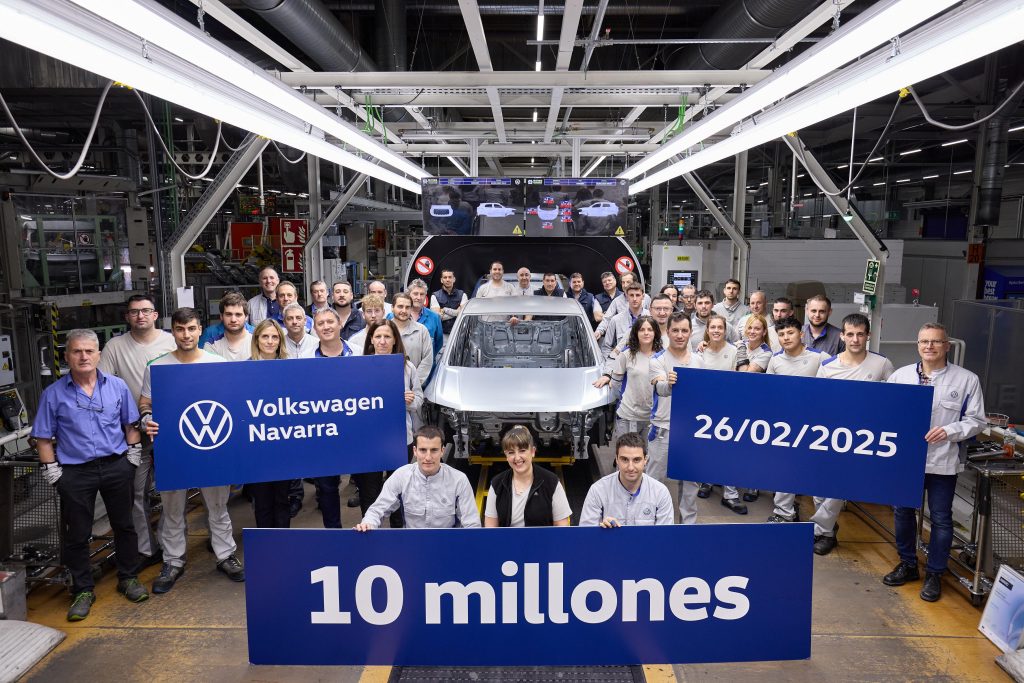
Volkswagen Navarra builds its 10 millionth car
It is a Volkswagen T-Cross Sport in ‘chillooón yellow’ colour and with a 115 hp 1.0 TSI engine, destined for Sweden. The factory in Navarre
Navarra is a strategic location for the automotive industry, with important OEM companies nearby.
The automotive industry in Navarra represents around 25% of industrial GDP, which in turn represents 6% of GDP of the autonomous community of Navarra.
The production of cars began in 1965 with the creation of the Spanish-British company Authi, which over time became SEAT, and in 1984 became Volkswagen, which currently produces three of its most famous models there: Polo, T-Cross and Taigo.
Today, the industry has 120 companies, with a business volume of more than €6.5 billion. It employs around 13,000 workers directly: 4.5% of employment in the region. Automotive industry exports count for around 46% of exports of goods in Navarra, representing the largest export sector in the region.
As far as the business fabric is concerned, Navarra has a solid representation of first- and second-level suppliers that offer high-quality products and have grown progressively, driven by Volkswagen Navarra.
More than half correspond to large companies with a strong multinational presence. These companies compete internationally and are characterised by their flexibility and adaptability to the demand of national and international OEMs. Component companies play an increasingly important role in the value chain, as a result of the high and growing level of production outsourcing that characterises automotive manufacturers. Undoubtedly, and in view of the data, they also play a key role in creating employment, lead by the Landaben factory, which currently employs 4,621 workers (2021).
Companies from Navarra mainly manufacture products for transmissions, interior parts and powertrains. These three represent more than 65% of industrial activity. Companies from Navarra have a greater presence in the braking, chassis, gearbox and interior design subfunctions.
ACAN is the Automotive Cluster in Navarra that brings together most of the automotive industry companies and represents the entire value chain of the region. Founded in 2011, its main objectives are to improve the competitiveness of its partners through cooperation and to consolidate Navarra as a benchmark region in the automotive industry.
Navarra is committed to sustainable and connected mobility. The automotive industry is currently in the middle of a process of transformation, moving towards the electrification of transport with the aim of achieving the decarbonisation levels set forth and protecting the environment.
Navarra has been a pioneering region in terms of renewable energies for 30 years. This knowledge, together with the skills and experience in the automotive industry and ICT sector, puts the region in a privileged position to create a sustainable, connected and autonomous ecosystem.
The Volkswagen Group has already announced its intention to invest more than €7 billion in the electrification of its three production plants in Spain, including Landaben (Navarra), where it is expected that they will produce two electric SUVs from different brands.
In 2018, the Government of Navarra launched Naveac, an initiative that aims to develop the region’s industrial capacities around the Electric, Autonomous and Connected Vehicle, together with companies from Navarra. The platform brings together participants from the public and private sectors, including research centres, universities, local and regional authorities and more than 85 companies. Its activities are structured around 4 main areas: sustainable mobility, charging infrastructures, industrial opportunities in vehicles and pioneering region.
Among its projects, Naveac Drive-Lab stands out, funded with €4.4 million from React-EU funds, which aims to develop technological testing infrastructures for electric vehicles.
Navarra will invest more than €20 million in electric mobility. It has set a goal that is more ambitious than the one set by Europe: to install a charging point every 50 kilometres across the region, with 250 charging points in total.
In addition to electromobility, Navarra is focusing particularly on hydrogen as the energy vector of the future. Navarra is part of the Ebro Hydrogen Corridor, with the aim of becoming the leading valley in terms of renewable hydrogen production and consumption in southern Europe.
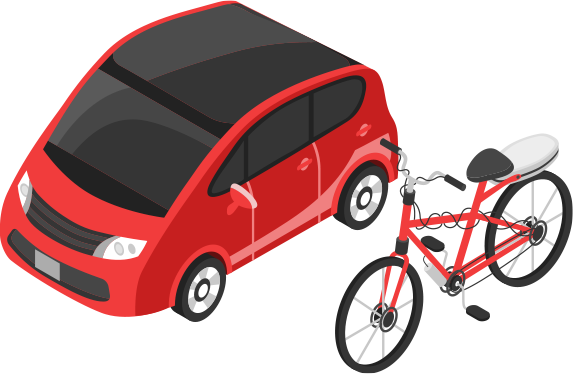
The strategic location of Navarra between two major Spanish logistics hubs: North-South (Paris-Madrid) and East-West (Bilbao-Barcelona) allows quick access to Europe and the Spanish market.
Navarra is also in a strategic location to serve multiple original equipment manufacturers (OEMs). For example, the area of Tudela, in the south of the region, is only an hour away by car from Opel (Figueruelas), Mercedes (Vitoria) and Volkswagen (Pamplona).
Naitec: Navarra’s Technology Centre, which specialises in mobility and mechatronics. It offers solutions in 4 areas: mobility (connected and autonomous systems, energy efficiency and advanced manufacturing), mechatronics (development of mechatronic products and digital transformation of advanced processes), technological services (trials and business validation) and new businesses (electronic printing and nanofabrication or bioprinting).
Los Arcos racetrack: Navarra has the only racetrack in the north-east of Spain, an hour by car from Pamplona. Located in Los Arcos, an hour from Pamplona, it is a venue with different areas for motor sports with the latest in circuit planning and design.
Navarra’s labour flexibility and productivity is higher than other regions in Spain and other countries.
Navarra is one of the most productive regions in Spain and is also competitive.
Navarra has a highly-qualified workforce, which allows it to meet the current and future needs of the industry. Navarra’s education system offers extensive training for the automotive industry, both vocational and university level.

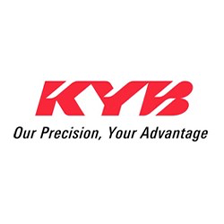
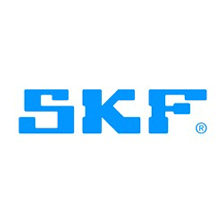
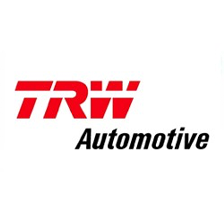
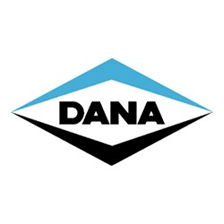

It is a Volkswagen T-Cross Sport in ‘chillooón yellow’ colour and with a 115 hp 1.0 TSI engine, destined for Sweden. The factory in Navarre
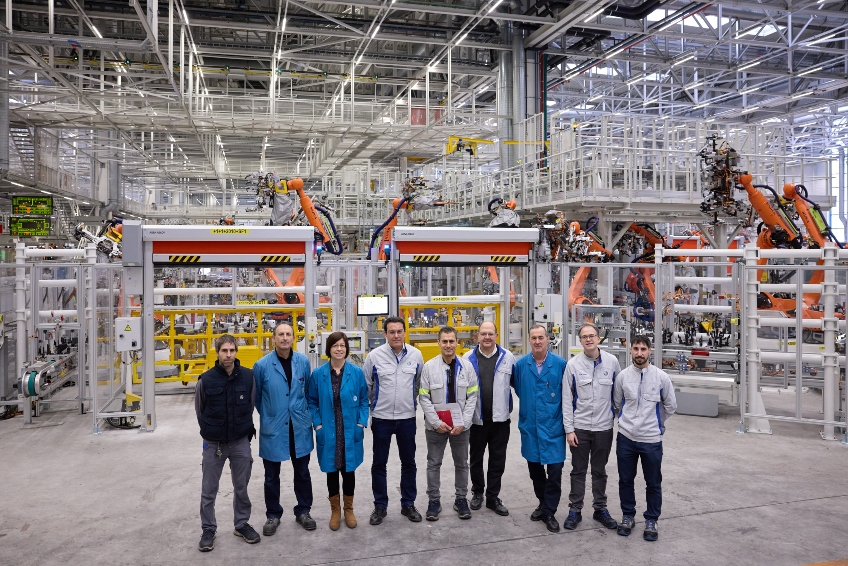
The new unit will be dedicated exclusively to the production of the platform for the two electric cars to be launched in 2026. The president
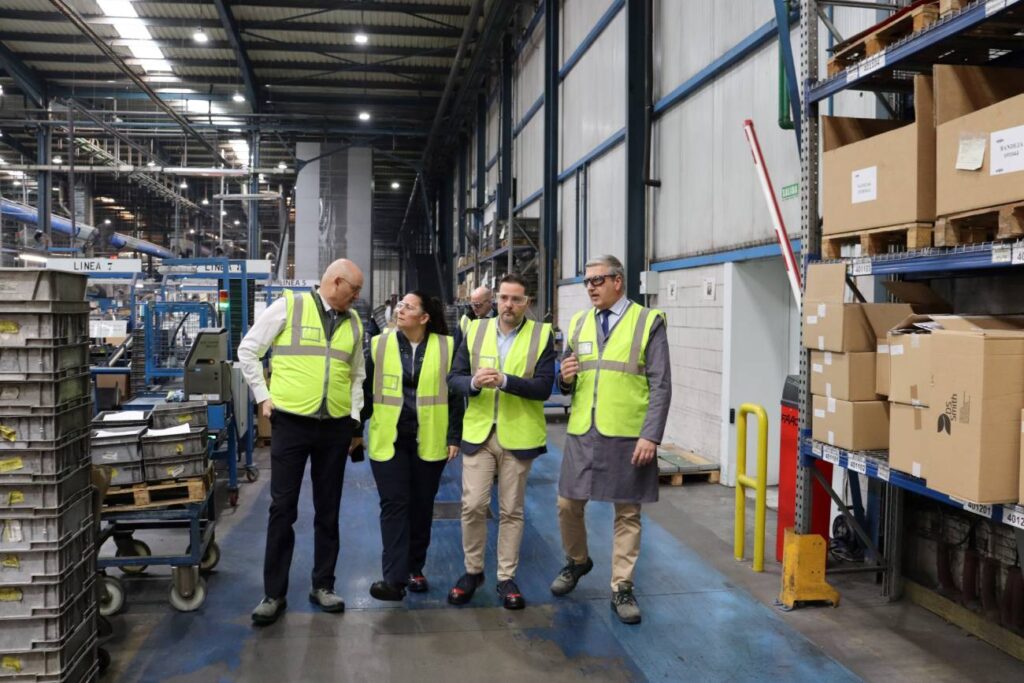
The multinational currently employs 350 people and exports 85% of its production to more than 60 countries. It has also reinforced its commitment to sustainability
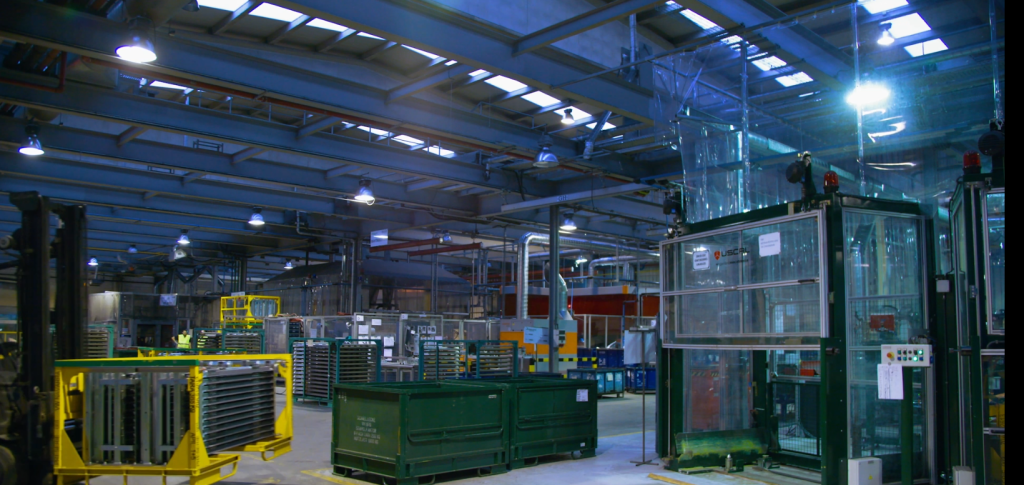
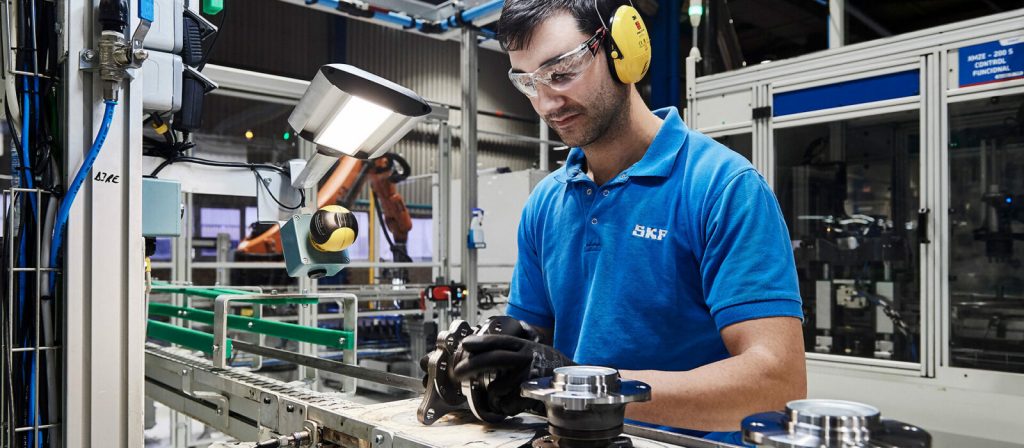
Navarra is one of the leading ecosystems in agrifood in Spain. It is located in the Ebro Valley, and promotes and facilitates innovative processes being developed by the sector, thus improving its activity.
Navarra is a European benchmark in the production of Renewable Energies, as it is the cradle of wind energy in southern Europe and is committed to new types of technologies and energy vectors, such as green hydrogen or the production of batteries.
Navarra is at the forefront of personalised medicine in Europe, with a competitive health sector capable of launching innovative and accessible solutions to health challenges on the market.
Through Big Data and artificial intelligence, Navarra is committed to becoming a benchmark in digital transformation and innovation both in the public and private sectors, as well as at academic level.